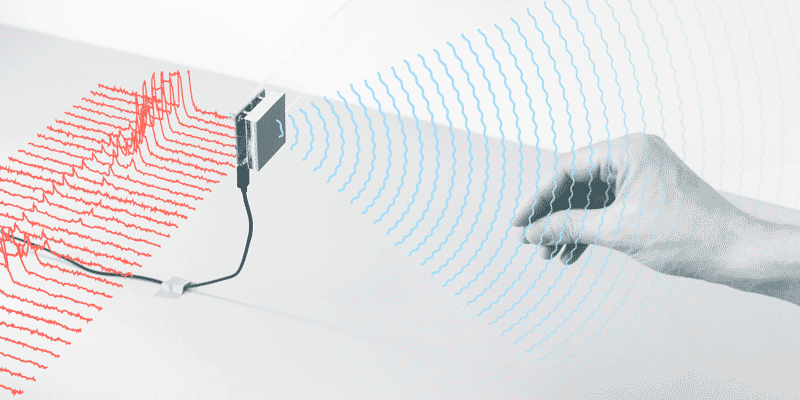 IOT
IOT
 IOT
IOT
 IOT
IOT
Google LLC has won permission from U.S. government regulators to deploy its Project Soli radar motion sensing technology in the real world.
The decision by the Federal Communications Commission late Monday means that Google can now operate its Soli sensors at higher power levels than previously allowed. The technology can also be deployed on aircraft, the FCC said.
Project Soli sensors rely on radar technology to capture motion within a three-dimensional space. The idea is to enable touchless control of computing devices that could aid users with mobility and speech impairments, Reuters reported.
The sensors would for example, allow a user to press an “invisible” button between their thumb and index finger, or turn a “virtual” dial by rubbing their thumb against a finger. The sensors, which can be embedded in smartphones, personal computers, wearable devices and vehicles, also provide haptic feedback so that users will feel a response when they interact with them.
Project Soli sensors can also be used to detect objects in a similar fashion to computer vision technology. But instead of “seeing” the objects, it senses them by radar and uses this input to ascertain what the object is. Advantages of using a radar-based approach to object classification include being able to “see” objects in the dark and detect what materials they are made of.
No one is doubting the usefulness of Project Soli’s sensors, but Google has had to wait to deploy the technology at scale because of concerns raised by Facebook Inc. that it could interfere with communications between existing short-range transmitters or receivers embedded in a laptop or other handheld devices.
The problem was that Google wanted Project Soli sensors to operate in the 57-to-64-gigahertz frequency band at power levels consistent with European Telecommunications Standards Institute standards, Reuters said. But Facebook has been working on its own technology to operate at 60 GHz and has already has built a sizable 60 GHz network in San Jose, California.
However, the two companies later agreed that the sensors could operate at power levels higher than are currently allowed but lower than Google had originally proposed. The FCC has now provided its rubber stamp on the compromise, which means Google can go ahead and roll out its sensors.
The decision will “serve the public interest by providing for innovative device control features using touchless hand gesture technology,” the FCC said.
Support our open free content by sharing and engaging with our content and community.
Where Technology Leaders Connect, Share Intelligence & Create Opportunities
SiliconANGLE Media is a recognized leader in digital media innovation serving innovative audiences and brands, bringing together cutting-edge technology, influential content, strategic insights and real-time audience engagement. As the parent company of SiliconANGLE, theCUBE Network, theCUBE Research, CUBE365, theCUBE AI and theCUBE SuperStudios — such as those established in Silicon Valley and the New York Stock Exchange (NYSE) — SiliconANGLE Media operates at the intersection of media, technology, and AI. .
Founded by tech visionaries John Furrier and Dave Vellante, SiliconANGLE Media has built a powerful ecosystem of industry-leading digital media brands, with a reach of 15+ million elite tech professionals. The company’s new, proprietary theCUBE AI Video cloud is breaking ground in audience interaction, leveraging theCUBEai.com neural network to help technology companies make data-driven decisions and stay at the forefront of industry conversations.